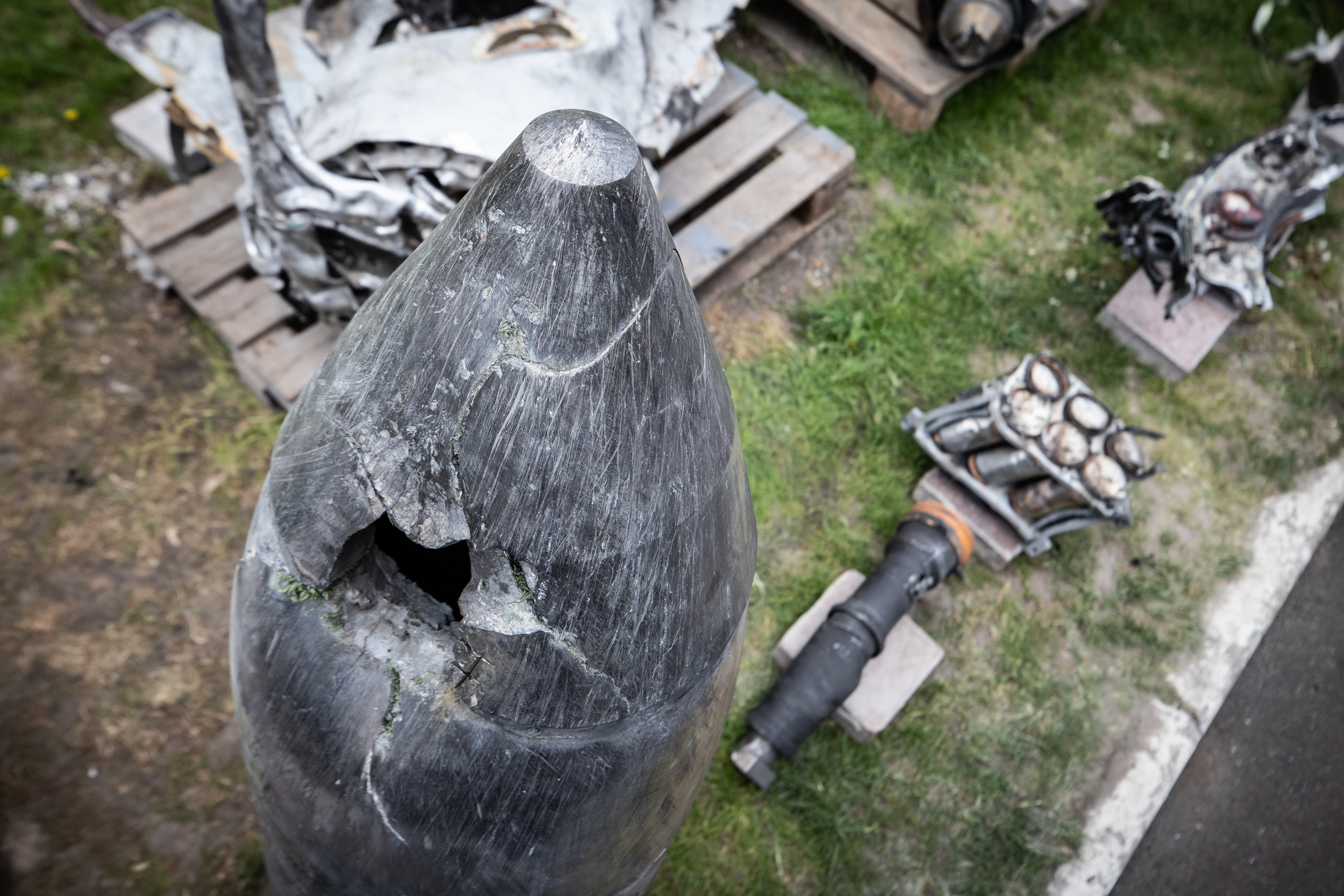
Helium has some amazing properties. Its boiling point is -452.1 degrees Fahrenheit, which makes liquid helium an ideal coolant for electronic devices like MRI machines. It also floats well enough to lift an airship (and without that pesky exploding problem of hydrogen). Helium balloons make nice decorations for your kid's birthday. Oh, and after those birthday balloons pop, the helium inside them floats out of the atmosphere and into space, never to be recovered.
Here on Earth, however, helium is a non-renewable resource—like oil—and that's been a huge cause for concern. As recently as April, a city in Canada voted to ban balloons because there was a helium shortage. But a discovery announced on Monday might let us relax, take a deep breath and talk in a funny voice (another property of helium).
In a joint study by Oxford and Durham universities, scientists announced the discovery of "a world-class helium gas field in Tanzania." Helium is created when elements in the Earth's crust break down. The team found vast stores of the substance in the Tanzanian East African Rift Valley, an area rife with volcanism, which heated the nearby rocks enough to allow the helium to escape. Now it remains in shallow gas pockets under the surface of the Earth, the scientists say.
Professor Chris Ballentine at the University of Oxford's Department of Earth Sciences says the finding is big "enough to fill over 1.2 million medical MRI scanners," which currently use about 20 percent of the world's helium supply. "This is a game changer for the future security of society's helium needs," he says. "Similar finds in the future may not be far away."
Helium has always been a strange market. It isn't traded publicly and that makes its prices much more volatile. While oil has been getting cheaper and cheaper, the price of helium has skyrocketed. For years, the U.S. government made this much worse by trying to sell its own helium stockpile, originally packed away in Texas for airships (yes, this was a long time ago), but at a huge discount. As the reserve waned, economists and scientists started to worry. An attempt to fix this problem by deflating the reserve was also flawed, according to GAO report in 2013.
Today, we're using more and more helium in things like lasers and rocket fuel. In 2010, the Nobel Prize-winning physicist, Robert Richardson, warned we could someday run out out of the substance. "There is no chemical means to make helium," Richardson said at the time.
But as prices went up, new players such as Qatar, began harvesting helium, and suddenly the world's stores didn't seem so scarce.
Indeed, Serge Claudet, the deputy head of the cryogenics group, at the particle collider CERN, says conservation efforts might be better spent on other substances. "Global behaviour for energy and water would concern me more than helium preservation!" he writes in an email.
Monday's news makes a helium shortage seem even less likely, which is good news for semiconductor companies and also good news for your uncle, who likes making that squeaky balloon voice.
Uncommon Knowledge
Newsweek is committed to challenging conventional wisdom and finding connections in the search for common ground.
Newsweek is committed to challenging conventional wisdom and finding connections in the search for common ground.
About the writer
To read how Newsweek uses AI as a newsroom tool, Click here.








